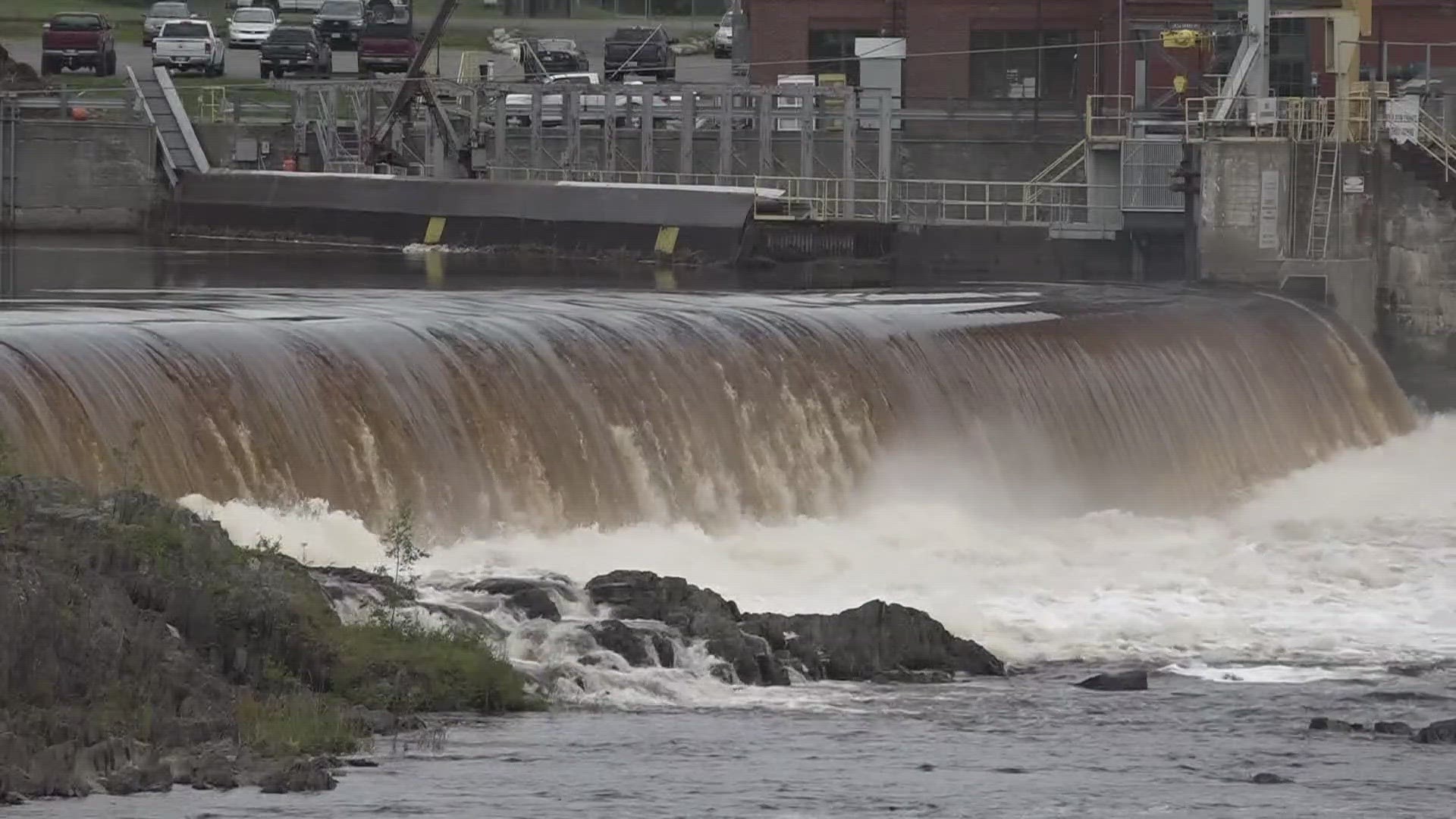VEAZIE, Maine — A decade has passed since the Veazie Dam was removed from the Penobscot River.
The goal was to re-open migration routes for fish like American shad, alewife, and most consequentially: the endangered Atlantic salmon. With some exceptions, the trend is clear: Migratory fish have returned in large numbers to the Penobscot River.
This means the rebirth of a lost piece in the Penobscot Nation.
"Without the salmon returning to the waters there was a piece of us that was lost culturally," Chuck Loring, the director of natural resources for the Penobscot Nation, said Tuesday.
He says the growing numbers of Atlantic salmon bound for the headwaters of the Penobscot—to their spawning ground near Katahdin, is becoming ever more visible.
"Now being able to get some exposure, you can go down to the river. If you watch closely, you can see the salmon make their migration," Loring said.
Data from the Maine Department of Marine Resources paints a clear picture of how the dam's removal has affected the local environment.
At the Milford Dam, near the Penobscot Nation Indian Island Reservation, the count of Atlantic salmon grew from 729 in 2015 to 1,310 in 2022. During that same period, the number of Atlantic shad increased from 1,806 to 7,732. River herring saw a boost from 589, 645 to 2,852,570.
But this success is tempered by the reality that this growth in population size still doesn’t touch the number of migratory fish that once made the journey from the Atlantic Ocean upstream in pre-industrial times. And there’s still an uphill battle to be fought.
Daniel McCaw, who manages fisheries programs for the Penobscot Nation, says that while the demolition of the Veazie Dam in 2013 was helpful to fish conservation, the more than 100 dams NOAA estimates are still in the river, is hampering progress.
"The challenging thing about salmon recovery is that salmon, Atlantic salmon here in Maine, need the entire river," McCaw said.
To him, at the 10-year anniversary of the Veazie Dam’s end, we’re only at the start of a long journey.
"It takes three or four generations of salmon before you start to see an effect."

